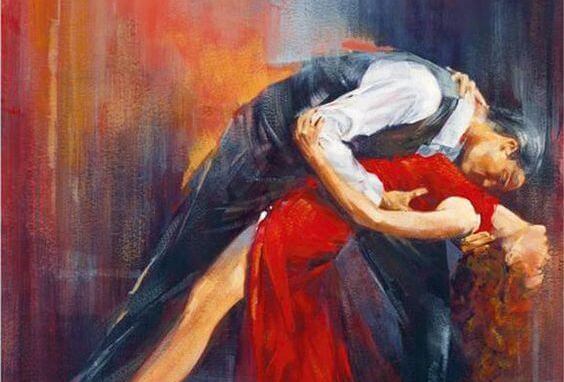Dance is a way of doing poetry with the body, it is said that dance is one of those arts in which only those who really love each other stand out, it makes a lot of sense if you take into account that to be good dancers, you have to know your body well, relate it to your deepest emotions so that they express themselves through movements.
In a dance there is always a kind of joy, even if there are dances that express dramatic feelings, in a dance there is also an act of freedom at stake, so much so that it is a break with the usual movements and allows those who dance to transform their body into an artistic medium.
- Not all of us can be professional dancers.
- But dance is definitely accessible to everyone and.
- In fact.
- Can be found in a multitude of social situations.
- So clubs are there and regional or family parties are organized.
- Many people think that a party where there is no music or dancing is an incomplete party.
- Because dancing is synonymous with celebration and joy.
The first great advantage of dance is physics. Dance is a demanding exercise, which involves a great physical effort to which is added a strong demand for coordination between the different parts of the body and the music that is played.
Like any exercise, dancing helps release endorphins, channel adrenaline and reduce stress. A study published in the International Journal of Neuroscience in 2005 showed that a group of adolescents with mild depression significantly improved their condition through dancing, allowing teens to reduce dopamine levels and increase Serotonin levels, ultimately improved their mood.
Other research conducted at the Albert Einstein School of Medicine in New York has shown that dance promotes brain structures and prevents premature aging of this organ; dance apparently reverses the loss of volume of the hippocampus, a structure directly related to memory. In its findings, research also notes that while other activities such as crossword puzzles and other hobbies reduce the risk of dementia by up to 47%, dance does the same by up to 76%.
At McGill, a Canadian university, a curious study was conducted that showed that people with Parkinson’s disease significantly improved their condition when they danced tango continuously, several patients recounted that as they began to dance to the sound of music, the tremor of their bodies began. to disappear The rhythm of the music passed to their bodies!
For better or worse, as we become adults and fulfill our responsibilities, our body begins to adopt repetitive postures, much of our body seems to transform into an alien, rarely thought of, except when a disease appears here or a pain there. If, by chance, the body appears, it is like an aesthetic concern, but never as a channel of expression and art.
When we started practicing dance, we also began to become aware of our bodies. In particular, it’s obvious how rigid we are. The questions you ask all new dancers are “why don’t you loosen your waist, hips or shoulders?Why can’t you coordinate your feet, hands, head and torso?
The truth is that the body reflects our personality and internal conflicts, there is nothing like dancing to make everything clear, and this is precisely the first great benefit of dance: it helps us connect with ourselves, it allows our inner world to express itself. . The ability to keep up with music with the body promotes self-recognise and reveals what has no place in us.
But not only that. Dance is a social activity and that is why we allow ourselves not only to connect with ourselves, but also with others, dance requires, in most cases, adapting to the body and movements of another person, without realizing it increases empathy and sociability. In addition, it is an excellent antidote to shyness, especially in adolescence. Dancing is definitely capturing the rhythm of life in our hearts.

